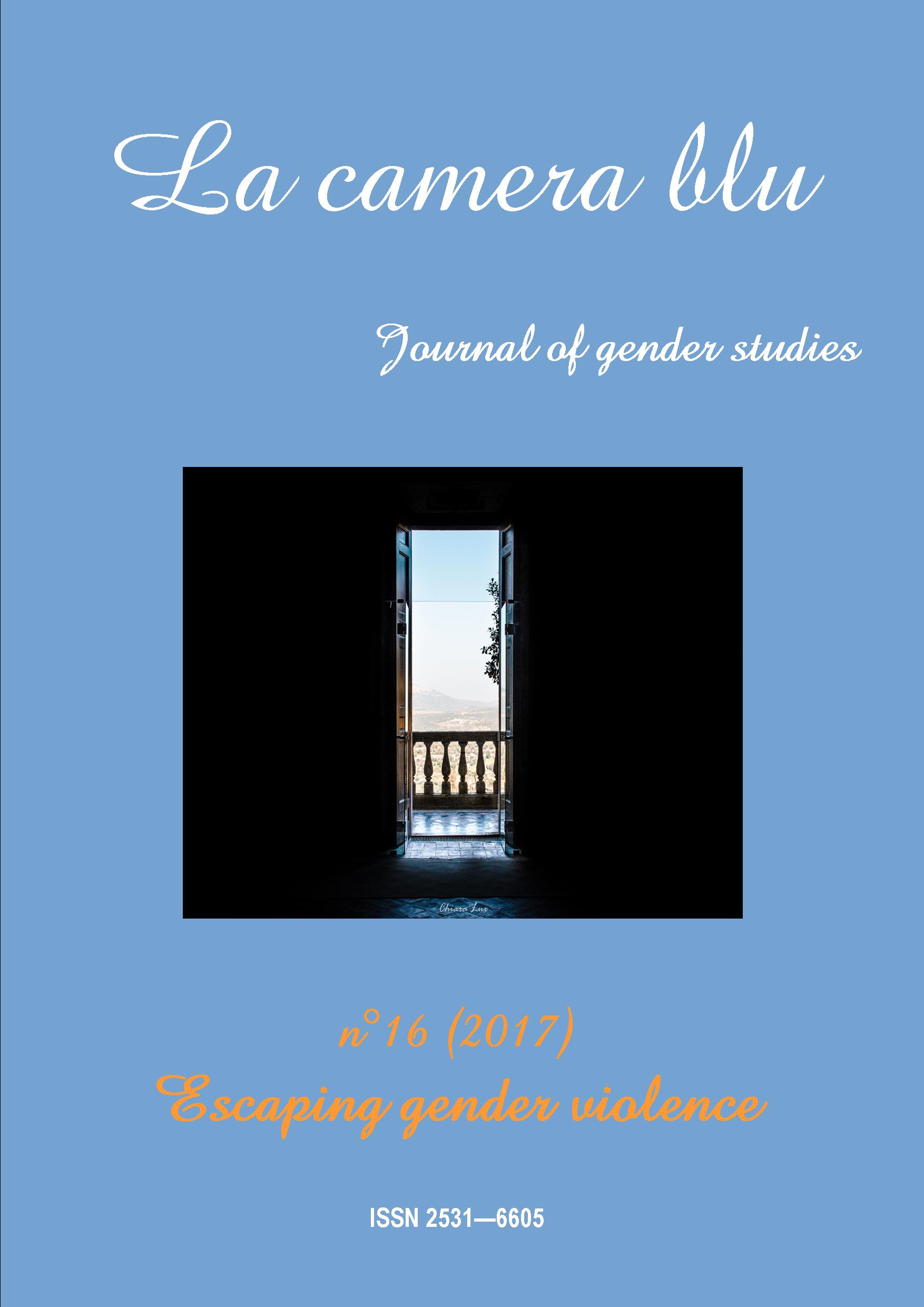A tale told by an idiot; the “banality” of violence?
DOI:
https://doi.org/10.6092/1827-9198/5234Keywords:
Pìpsychoanalysis, violence, aggression, affect, emotion, infant-developmentAbstract
Violence is commonly thought of as being essentially a matter of behaviour, its psychological consequences incidental or consequential. From this, for example, arises the idea that violence is a matter of impulse or that it is mindless. Here, perhaps counter-intuitively, I will consider the idea that psychological experience is at the heart of violence and that action and behaviour are merely corollaries. From this vertex it is possible to consider how violence manifests not an absence of mind but rather its oblation, as I will describe, in the face of affective experiences which are felt to be overwhelming. With good reason clinicians may hold a prejudice in favour of keeping violence firmly out of the consulting room. But by adopting a perspective which understands violence as a kind of acte manqué, both concealing and revealing, it becomes possible to understand its manifestations within the consulting room and consider it as it is lived in the therapeutic relationship, moment by moment, within the transference/countertransference relationship, as opposed to taking place “out there”. As a clinician attempting a clinical understanding as opposed to, say, a philosophical or a theological one, I want to consider the “the evil of violence” from an analytic point of view and especially the ways in which “symbolic” elements vie with “diabolic” elementsin all human beings and how these matters come to be played out in both normal and
pathological development. In keeping with Arendt’s comment about the “banality of evil”
we will consider the banality of violence.
Downloads
Download data is not yet available.
Downloads
Published
2017-06-03
How to Cite
Mizen, R. (2017). A tale told by an idiot; the “banality” of violence?. La Camera Blu, (16). https://doi.org/10.6092/1827-9198/5234
Issue
Section
The Topic
License
La camera blu is an open access, online publication, with licence CCPL Creative Commons Attribution 3.0 Unported


